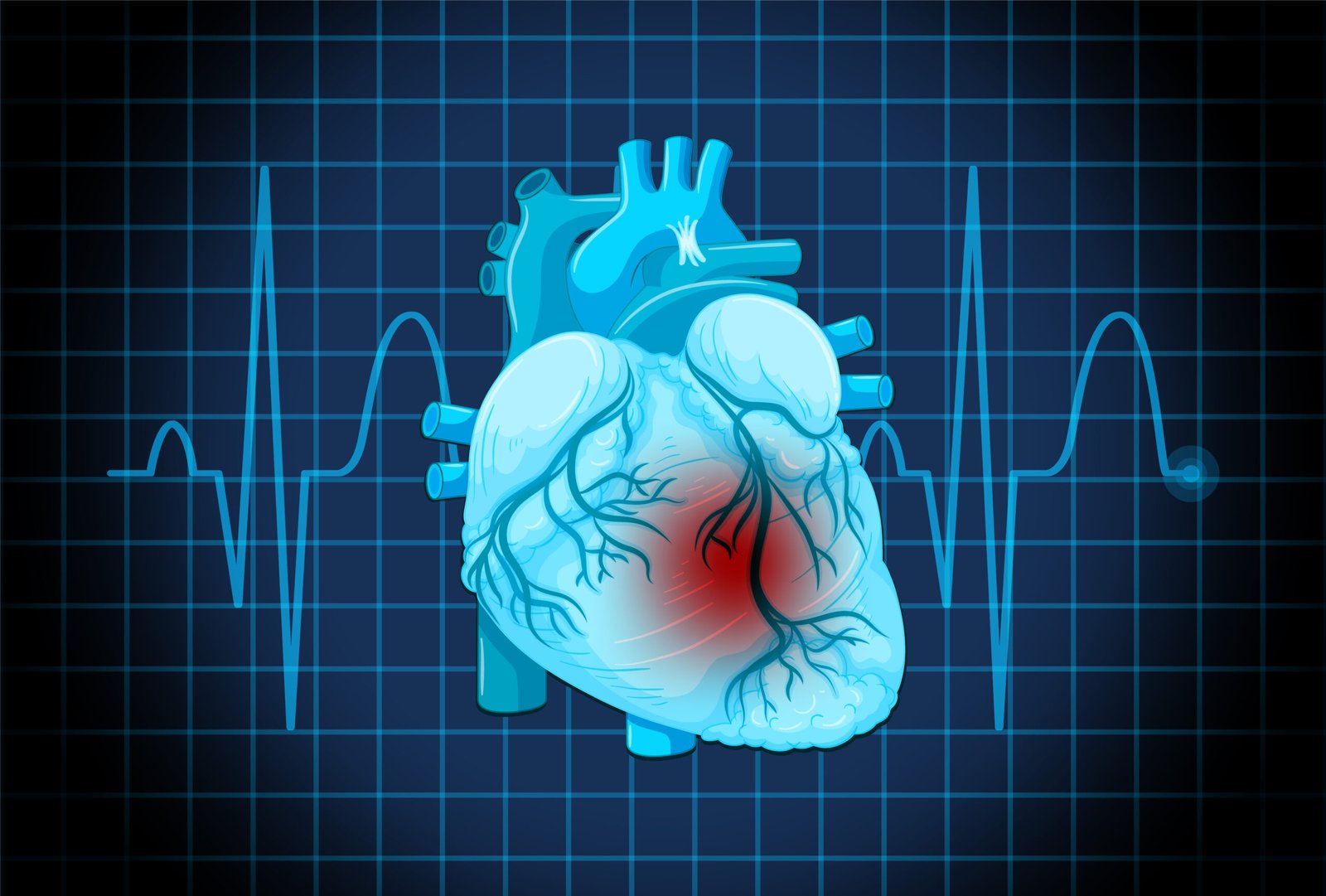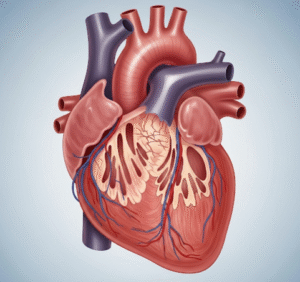Symptomatic bradycardia is a condition characterized by a slower-than-normal heart rate accompanied by symptoms such as fatigue, dizziness, or fainting. While bradycardia itself may not always be dangerous, when it results in inadequate blood flow to the brain or other organs, it becomes a serious medical concern. In Korea, advancements in diagnostics and cardiac care ensure effective treatment options for individuals suffering from this condition.
What is Symptomatic Bradycardia?
Bradycardia refers to a heart rate that is slower than 60 beats per minute. When bradycardia leads to noticeable symptoms like weakness, shortness of breath, or confusion, it is termed symptomatic bradycardia. This condition may result from issues in the heart’s electrical system, certain medications, or underlying health disorders.
Symptoms
- Dizziness or lightheadedness
- Fainting (syncope)
- Fatigue or weakness
- Shortness of breath
- Chest pain
- Confusion or memory problems
- Exercise intolerance
Causes
- Sick sinus syndrome (malfunction in the heart’s natural pacemaker)
- Heart block (delayed or blocked electrical signals)
- Medication side effects (e.g., beta-blockers, calcium channel blockers)
- Hypothyroidism
- Electrolyte imbalances
- Sleep apnea
- Aging and natural degeneration of the heart’s conduction system
Risk Factors
- Advanced age
- Heart disease history
- High blood pressure
- Previous heart surgeries
- Use of certain medications
- Electrolyte disturbances
- Congenital heart defects
Complications
- Frequent fainting spells leading to falls or injury
- Heart failure
- Sudden cardiac arrest
- Reduced oxygen supply to vital organs
- Cognitive impairment
Prevention
- Regular heart checkups, especially for those with risk factors
- Managing underlying conditions like hypertension or diabetes
- Monitoring and adjusting medications as necessary
- Avoiding substances that slow heart rate without medical advice
- Treating sleep apnea
Treatment Options in Korea
In Korea, treatment for symptomatic bradycardia is highly advanced and widely accessible through both public and private hospitals.
- Diagnosis: Electrocardiograms (ECG), Holter monitoring, and electrophysiology studies are commonly used.
- Medication adjustments: Doctors may alter or discontinue medications that lower heart rate.
- Pacemaker implantation: For patients with persistent or severe bradycardia, a pacemaker may be implanted to regulate the heart rate. This procedure is routinely performed at tertiary care centers like Severance Hospital, Samsung Medical Center, and Asan Medical Center.
- Lifestyle management: Diet, exercise, and sleep quality are addressed as part of comprehensive cardiac care.
- Follow-up care: Long-term monitoring and management plans are developed by Korean cardiologists to ensure optimal patient outcomes.













